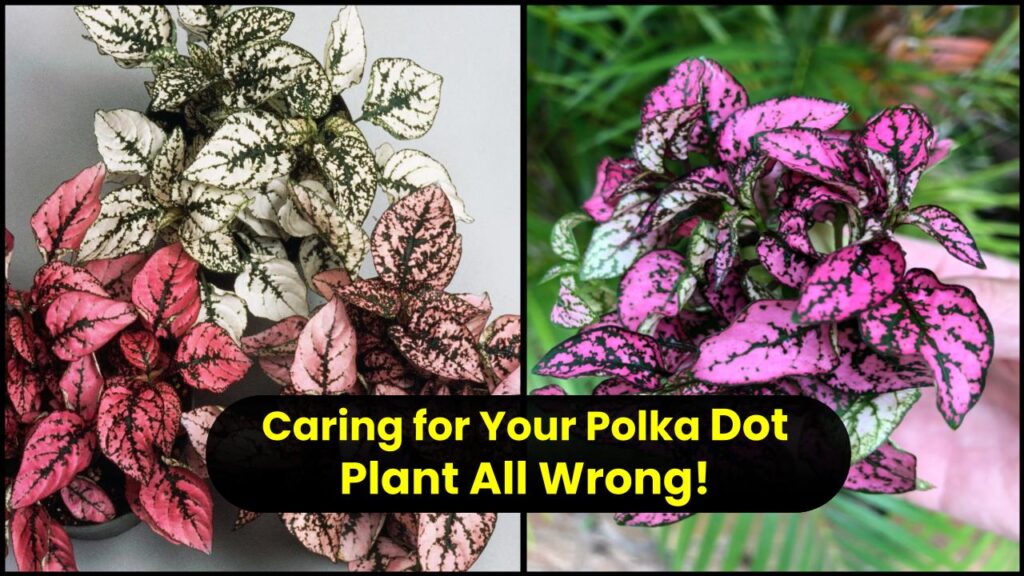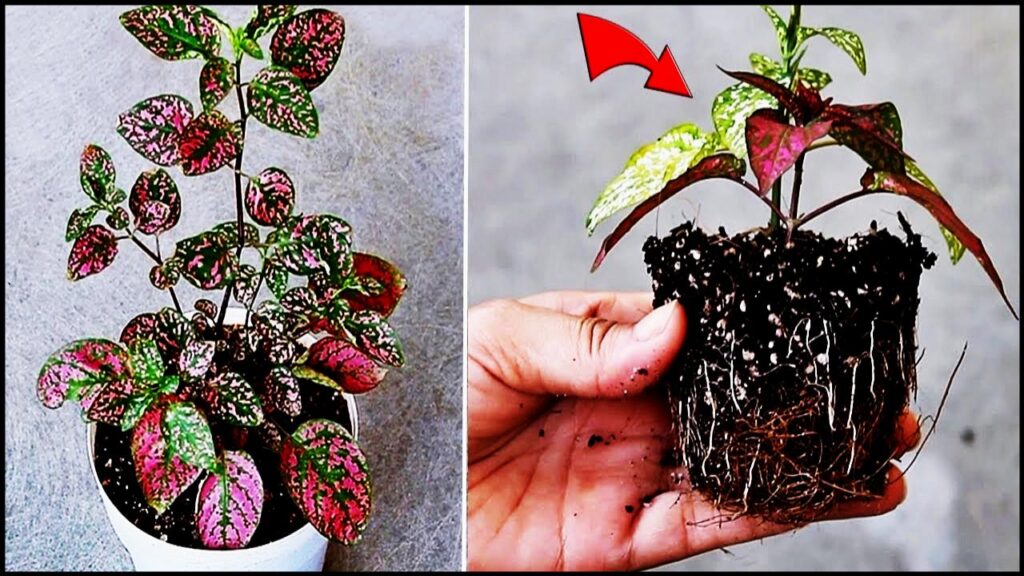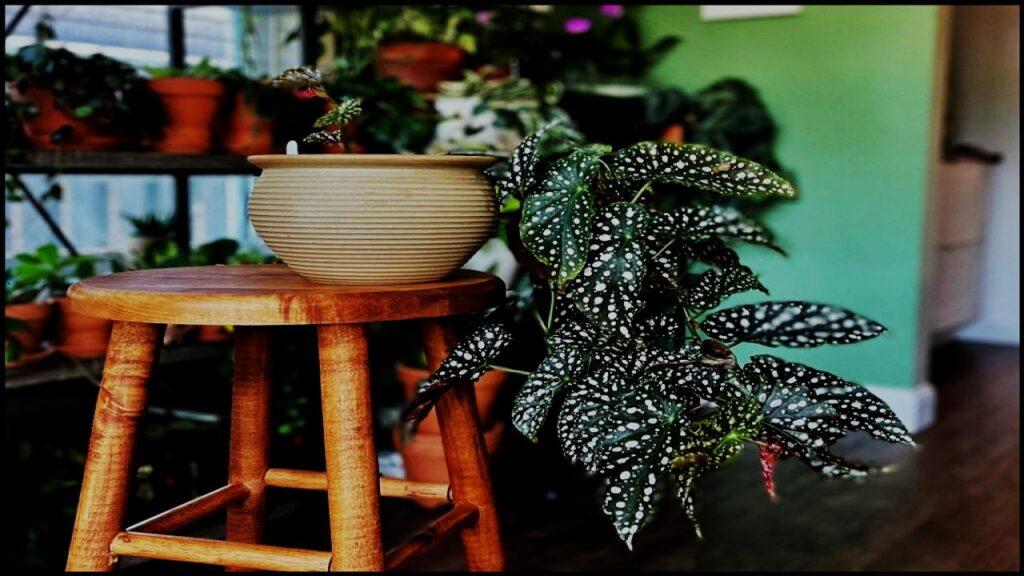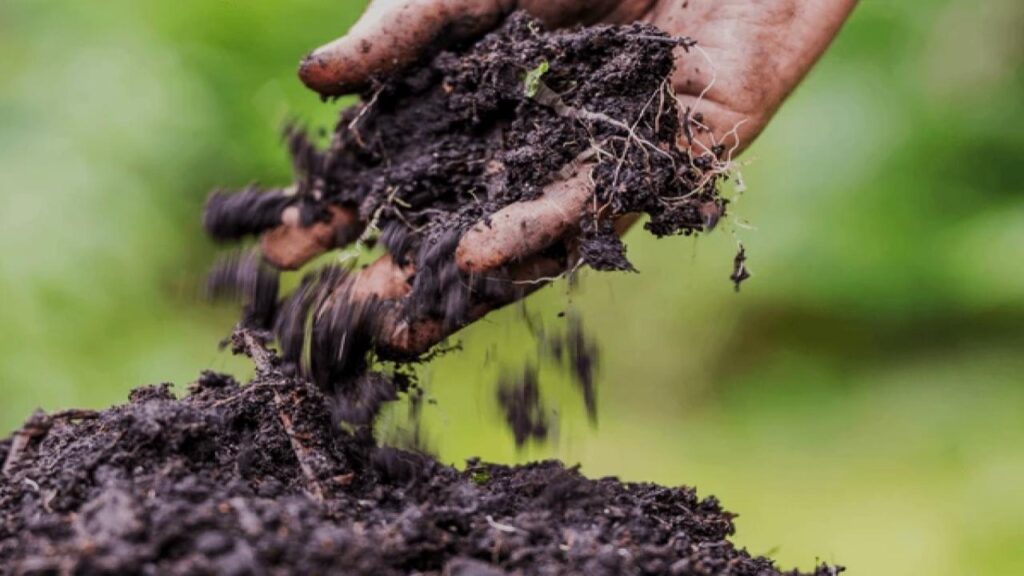If you’ve got a polka dot plant (Hypoestes phyllostachya) sitting on your windowsill or brightening up your living room, but it’s looking a little sad or leggy, you’re not alone. These vibrant tropical beauties are known for their eye-catching spotted leaves in shades of pink, red, white, and green. But without the right care, their charm can fade fast. Polka dot plants demand a little more love than your average houseplant, but once you get their care routine right, they reward you with stunning, colorful foliage that livens up any space.
Bright, indirect light, moderate watering, high humidity, warm temps, and regular pruning are key. Keep an eye on pests and tweak your care seasonally to keep your plant healthy year-round. Whether you’re a newbie or green thumb pro, these tips will help your polka dot plant flourish.

Why Your Polka Dot Plant Might Be Struggling
Originating from the tropical forests of Madagascar, polka dot plants crave a home environment that mimics their warm, humid native habitat. Common care mistakes include:
- Too much direct sunlight, which scorches leaves.
- Overwatering, leading to root rot.
- Dry indoor air that stresses the plant.
- Lack of pruning, causing legginess and fading colors.
But don’t sweat it. With a few tweaks, your plant can bounce back stronger than ever.
You’re Probably Caring for Your Polka Dot Plant All Wrong: How to Care for Your Polka Dot Plant Like a Pro?

Bright, Indirect Light is the Name of the Game
These plants need bright but indirect sunlight to keep their colorful spots vibrant. Direct sun—especially harsh afternoon rays—can burn the leaves, causing unsightly brown patches. If your plant is stuck in a dark corner, its colors will dull, and it may grow tall and leggy as it searches for light.
Pro tip: A north- or east-facing window is ideal for keeping your polka dot plant happy.
Watering: The “Goldilocks” Zone
Your polka dot plant loves consistently moist soil, but soggy soil is a no-go. Water only when the top inch of soil feels dry to the touch. Always ensure your pot has drainage holes to prevent water from pooling at the bottom.
If your leaves turn yellow or droopy, it could be overwatering. Curling or crispy edges? That’s usually underwatering.
Boost Humidity for a Tropical Feel
Polka dot plants thrive in high humidity. If your home’s air is dry—especially during winter—boost humidity by:
- Misting leaves daily (but avoid soaking).
- Using a humidifier nearby.
- Placing the pot on a tray of pebbles with water.
Keep Temperatures Warm and Stable
Ideal temps hover between 65°F and 75°F (18°C–24°C). Avoid cold drafts and heaters that cause sudden temperature swings, which can stress your plant and lead to leaf drop.
Feed During Growing Season
Support your polka dot plant with a balanced, water-soluble fertilizer every 4–6 weeks during spring and summer. This helps fuel new leaf growth and vibrant colors. Hold off on fertilizing during fall and winter.
Prune for a Bushy, Vibrant Plant
Pinch or trim the stem tips regularly to prevent legginess and encourage dense, bushy growth. Pruning also helps get rid of yellowing or damaged leaves, improving overall health.
Propagation: Multiply Your Polka Dot Squad
One of the coolest things about polka dot plants? They’re easy to propagate. You can grow new plants from stem cuttings, making it simple to share with friends or add more greenery at home.
How to propagate:
- Cut a healthy 3-4 inch stem just below a node (where leaves meet stem).
- Remove leaves from the bottom inch.
- Place the cutting in water or directly into moist potting soil.
- Keep it in bright, indirect light and maintain humidity.
- Roots usually develop in 2-3 weeks, then transplant if needed.
Troubleshooting Common Issues
| Problem | Signs & Symptoms | Likely Cause | How to Fix |
|---|---|---|---|
| Faded or dull leaves | Colors pale, less vibrant | Too little light | Move plant closer to bright indirect light |
| Brown leaf tips or edges | Crispy, brown leaf margins | Low humidity or underwatering | Increase humidity, water more regularly |
| Yellowing leaves | Leaves turning yellow and dropping | Overwatering | Check soil moisture, improve drainage |
| Leggy growth | Tall, sparse stems with fewer leaves | Lack of pruning or low light | Pinch back tips, move to brighter spot |
| Spots or powdery coating | White or dark spots on leaves | Fungal infection or pests | Treat with neem oil or fungicide, improve airflow |
Popular Polka Dot Plant Varieties
- ‘Pink Splash’ — Bright pink spots on green leaves.
- ‘Red Splash’ — Deep red spotting for a bold look.
- ‘White Splash’ — Creamy white speckles for a softer vibe.
- ‘Confetti’ — Multicolored speckles, like a party on your plant.
Choosing different varieties can add fun color variety to your plant collection.
Best Indoor Placement Ideas

Try pairing your polka dot plant with other tropical houseplants like ferns or calatheas for a lush, jungle vibe. Place them in decorative pots or baskets on shelves, desks, or hanging planters near windows with filtered light. Avoid drafty spots like near air conditioners or frequently opened doors.
Are Polka Dot Plants Safe for Pets and Kids?
Good news! According to the ASPCA, polka dot plants are non-toxic to cats, dogs, and children, making them a safe choice for family homes. Still, it’s best to keep plants out of reach to prevent any choking hazards from leaves.
Seasonal Care Adjustments
In winter, indoor air tends to dry out and light levels drop. Adjust by moving your plant closer to windows, increasing misting frequency or running a humidifier, and reducing watering since plant growth slows down. In summer, watch for overheating near sunny windows and increase watering as needed.
Soil Recommendations

Use a well-draining potting mix rich in organic matter. A mix designed for African violets or indoor tropicals works well. You can also add perlite or orchid bark to improve drainage.
